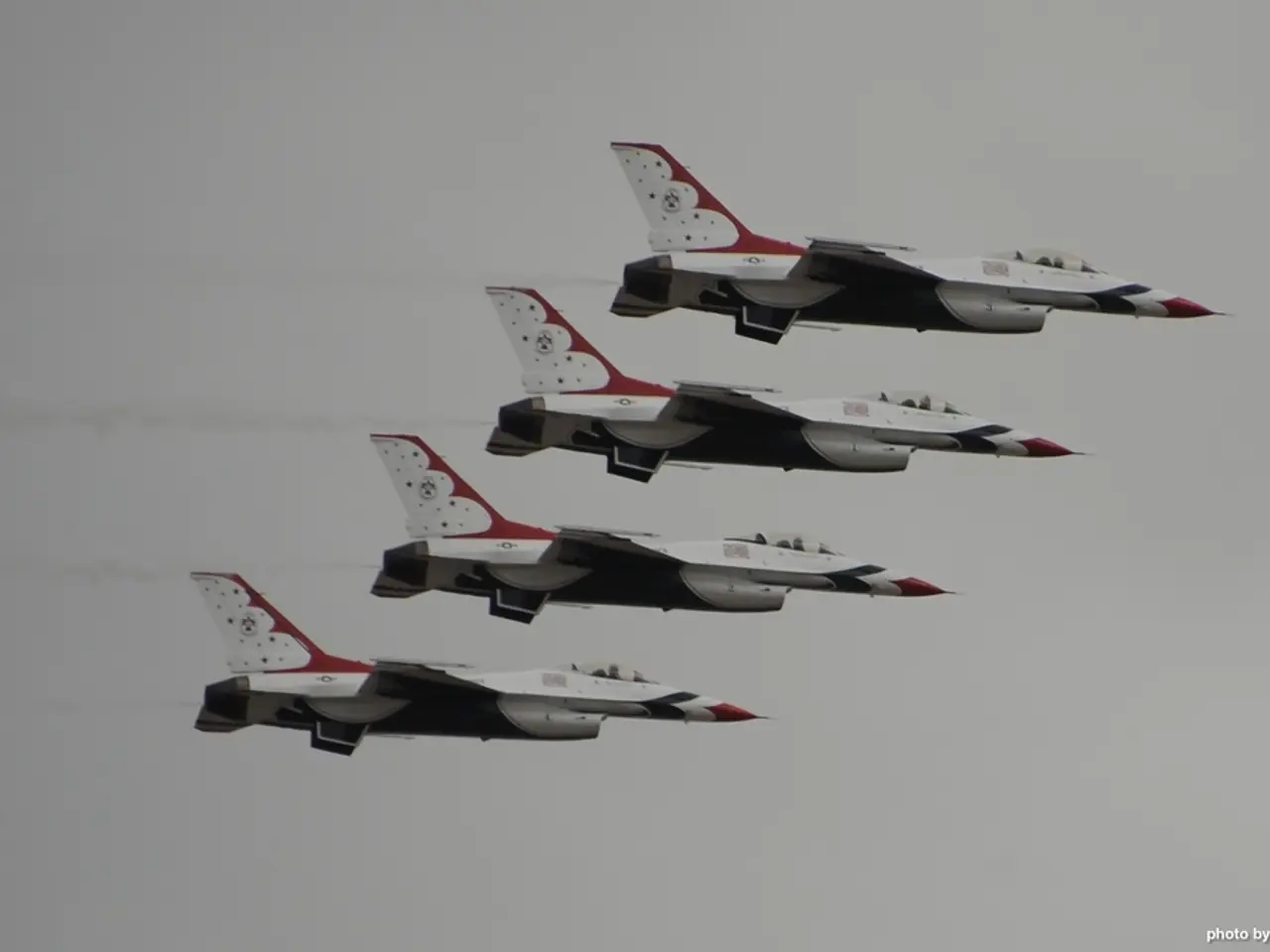Russian Aerial Incursion Near Alaska intercepted by NORAD
Russian Warplanes Conduct Routine Flight Off the Coast of Alaska
On July 22, 2025, two Russian Tu-95 Bear bombers and two Su-35 Flanker fighter jets flew off the coast of Alaska, prompting an intercept from U.S. Air Force fighters assigned to North American Aerospace Defense Command (NORAD). This incident is part of a regular pattern of Russian flights within the Alaskan Air Defense Identification Zone (ADIZ), a defined area of international airspace surrounding U.S. and Canadian sovereign airspace.
The Russian aircraft remained in international airspace during their approximately 3-hour, 15-minute flight within the ADIZ. NORAD responded by scrambling U.S. and Canadian jets, including F-35s and F-16s, supported by command-and-control and refueling aircraft, to intercept, identify, monitor, and escort the Russian planes until they left the zone. NORAD officials emphasized that these operations are considered routine and not a direct threat.
Historically, such Russian incursions into the Alaskan ADIZ occur regularly as part of Moscow’s strategic military patrols and monitoring missions. The Alaskan ADIZ covers millions of square miles, including critical areas like the Arctic Ocean and northern Pacific, making it a significant buffer zone for early identification of potential threats.
The long-range flight comes roughly two months after Ukraine's spy agency launched a mass drone attack on Russian airfields, destroying or badly damaging at least six Tu-95s on the ground. The Russian Ministry of Defense stated that the bombers conducted a 15-hour round-trip mission over the Bering Sea.
NORAD employs a layered defense network of satellites, ground-based and airborne radars, and fighter aircraft to detect and track aircraft and inform appropriate actions. In this instance, approximately 10 aircraft were sent to identify, monitor, intercept, and escort the Russian warplanes out of the Alaskan ADIZ.
The U.S. has agreed to an arrangement with NATO in which it will backfill aid sent to Ukraine, such as prized Patriot missile defense systems. This pattern of Russian incursions aligns with ongoing geopolitical tensions and military posturing but remains within internationally recognized procedures for identification zones.
It is important to note that the U.S. also conducts flights in other countries' declared ADIZ areas, especially around disputed islands in the South China Sea. In these cases, the U.S. operates lawfully in international airspace.
This incident marks the latest in a series of intercepts between Russian and U.S. warplanes. Last September, a Russian Su-35 fighter performed a "headbutt" maneuver, flying across the front of a U.S. Air Force F-16 during a routine intercept in the Alaskan ADIZ. However, during the most recent encounter off the coast of Alaska, NORAD did not indicate anything unusual about the behavior of the Russian aircraft.
References: 1. Russian Warplanes Fly Off Coast of Alaska, Prompting Intercept 2. Russian Warplanes Regularly Enter Alaskan ADIZ 3. NORAD Scrambles Jets to Intercept Russian Warplanes 4. Russian Warplanes Conduct Routine Flight Off Alaska 5. U.S. and Russia Clash Over Airspace in Alaska
- The U.S. Air Force, along with its Canadian counterpart, monitors activities within the Alaskan Air Defense Identification Zone (ADIZ) to ensure security.
- The aerospace industry plays a crucial role in the development of advanced aircraft like the F-35 and Su-35, which are used for air force missions.
- The Pentagon and the military industry collaborate financially to support the creation of newer weapons systems, including drones and missiles, for enhanced defense capabilities.
- The Space Force, along with other military branches, relies on satellites to help in the surveillance and monitoring of aircraft in international airspace.
- The Air Force's response to Russian aircraft within the Alaskan ADIZ is part of a larger aerospace sector, where various countries maintain their strategic posturing.
- The Russian Air Force's regular flights into the Alaskan ADIZ may involve bombers, fighter jets, or even drones, making identification and interception essential for maintain air force security.
- The Alaskan ADIZ is a strategic zone for the United States, covering vast areas like the Arctic Ocean and the northern Pacific, ensuring early detection of potential threats from the aerospace domain.
- The U.S. military's layered defense network, consisting of satellites, radars, and fighter aircraft, is instrumental in identifying and tracking foreign aircraft that enter the Alaskan ADIZ.
- Tensions between the U.S. and Russia in the military, aerospace, and finance sectors continue to shape international relations, with both nations maintaining their respective security interests in areas like the Arctic and the Pacific.








